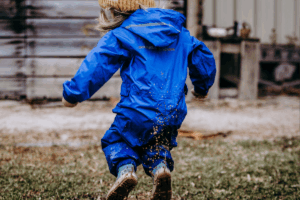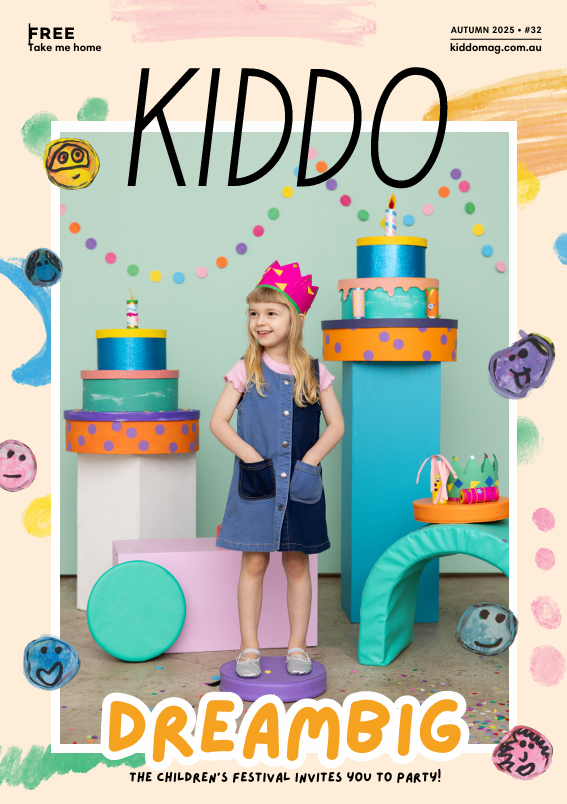WORDS: Mark Le Messurier
Welcome to the new school year. After being in somewhat of a COVID bubble over the Christmas holidays, and having online and staggered starts, returning to school has fuelled anxiety in both parents and children! Even some of the teens I work with are feeling a little wobblier as they begin to wrap their heads around the uncertainties.
So, my starting point is, “their separation anxiety is real”. Here are 10 helpful tips. Just 10, it’s not exhaustive!
1. Anxiety is triggered by feelings of risk, insecurity, and lack of control. It is usually emotionally driven and that’s why being totally rational is not the only solution. This is our call to forge a poised, logical, and loving connection.
2. Identify what’s happening and the triggers. Don’t shy away from discussing their anxiety with them. Sometimes, just getting kids talking about their worries, validating their feelings, and pulling a simple plan together is a huge step forward.
3. Create a goodbye ritual. Goodbye rituals are a beautiful way to give them comfort and a constructive start to the day. It can be a special hug, a weird handshake or crazy dance you do together. A goodbye ritual reinforces that as we disconnect, our hearts remain with each other throughout the day, and we’ll share our experiences when we reconnect later in the afternoon.
4. Transitional objects can make a difference. These include a woven bracelet, a favourite lunchbox item, a special hair band or scrunchy, something small you’ve made together, even a photograph to keep in their backpack. It’s simply a loving reminder they carry with them over the school day. Just knowing it’s there boosts feelings of security.
5. As best you can, establish a regular morning routine or schedule as this reassures children that all is going to plan and will go to plan. It boosts feelings of safety and security.
6. Be strategic in how you go about saying “goodbye”. Be kind and stick to the routine you’ve established. A short and sweet goodbye at school can be something like, “we will walk to school together, you put your bag away, give me one hug and one kiss, then, you walk to your teacher and I walk away.”
7. Practice your language. Think through the exact language, the precise words, you’ll use. And, if your child becomes wobbly, have two or three stock standard phrases you use with kindness, rather than kneeling down, hugging them and passionately over-explaining everything once again. The truth is when their emotional brains are switched on they will not hear your wise words.
8. Allow teachers to work their wonderful magic. Clever teachers know how to slow down children’s anxious brains by;
- Giving them a helping task at the start of the day. This eases their anxiety as their mind shifts to processing other things.
- Organising a friend to walk and talk with them as they ease into the day.
- Teaching them the magic of slow, deep breathing because this seriously calms discombobulated brains.
- Letting them know they are available for check-ins and chats because they ‘have their back’. They will keep them safe.
- Building a positive and trusting relationship.
- Organising a trusted school staff member to be present on arrival.
- It can be useful to have a special place for children to retreat to on arrival. It might be with a friend and is all about giving them structure, time, and dignity to regroup their emotions!
9. It’s critical to radiate a strong, trusting relationship with your child’s teacher. Children quickly pick up on your trust in their teacher.
10. Finally, why not make a 5 part ‘anxiety/separation plan’ to replace frightened thinking with realistic thinking.
i) Ask your child to RATE how high this anxiety feels for them (1 to 5 continuum).
ii) Get them to ask someone they love or trust (mum, dad, teacher, grandparent) to RATE how anxious they should be on the same 1 to 5 continuum. There are no right or wrong answers here. This is simply offering a reference point and an opportunity for discussion.
iii) Challenge the anxious thinking by doing a simple ‘RISK ASSESSMENT’ –
‘What usually happens?’
‘What’s most likely to happen?’
‘What’s the worst that can happen?’
‘What plans can we make together to help?’
‘What’s the plan if the very worst happens?’
iv) Teach kids to accept the worried thought, let it sit with them, discuss it and talk about solutions. Then replace it with a happy thought, an activity or just getting on with the day!
v) Record HOW and WHEN you will say goodbye
Good luck! It is all a beautiful work in progress, and I hope this helps!
whatsthebuzz.net.au
marklemessurier.com.au
Mark is a teacher, counsellor, public speaker, and the author of 16 publications, with a new parenting book just around the corner. He works in private practice in Adelaide as a mentor to children and adolescents, and as a coach to parents. He is the recipient of SA Senior Australian of the Year 2022.






